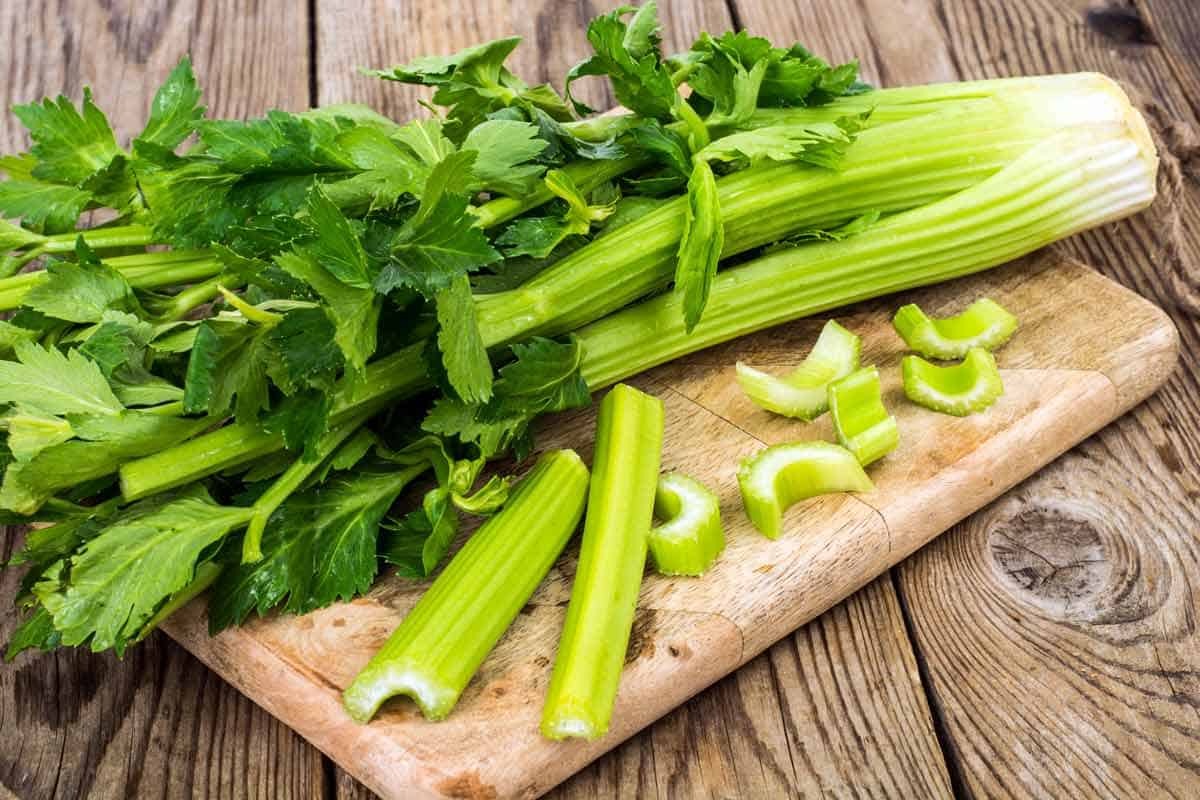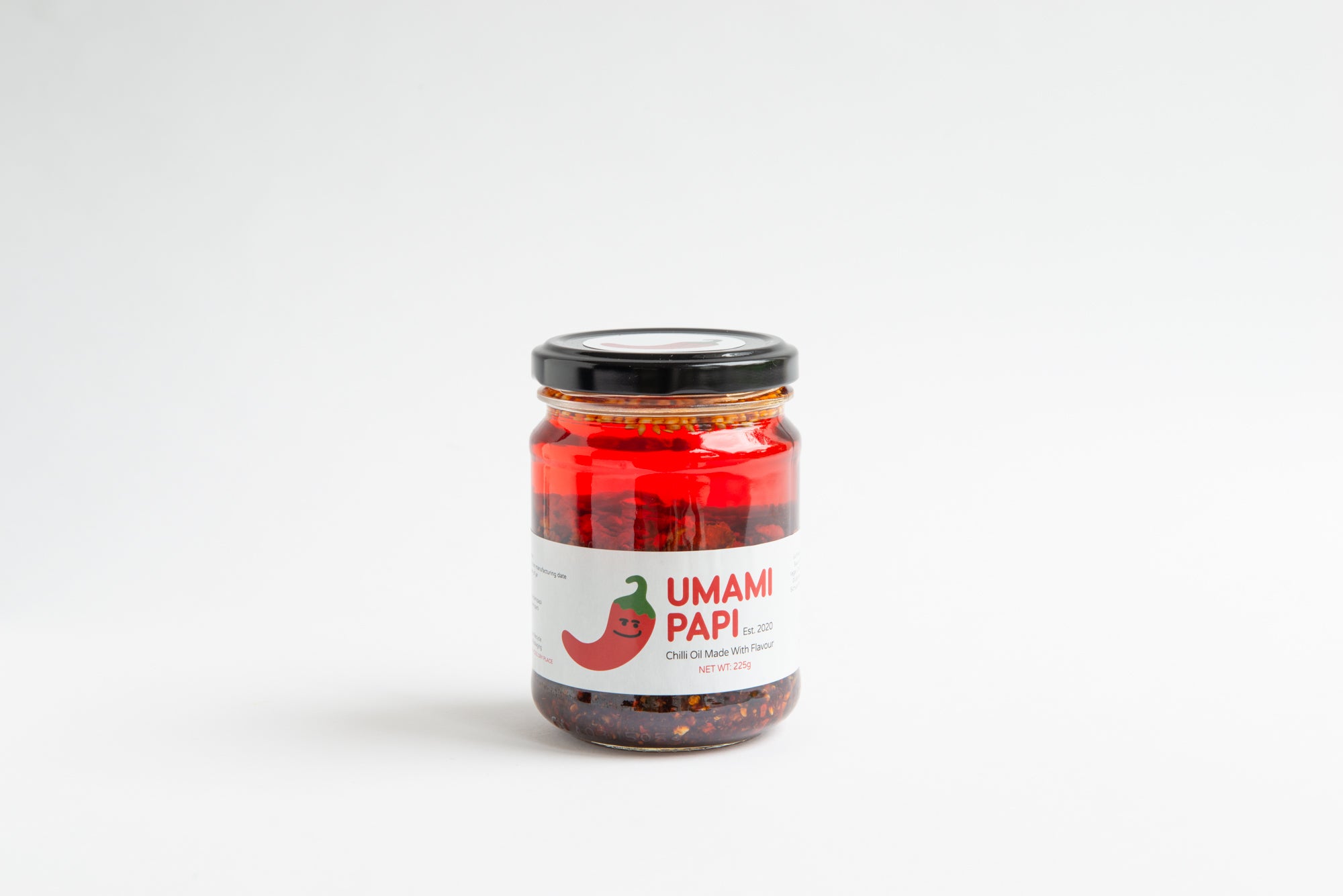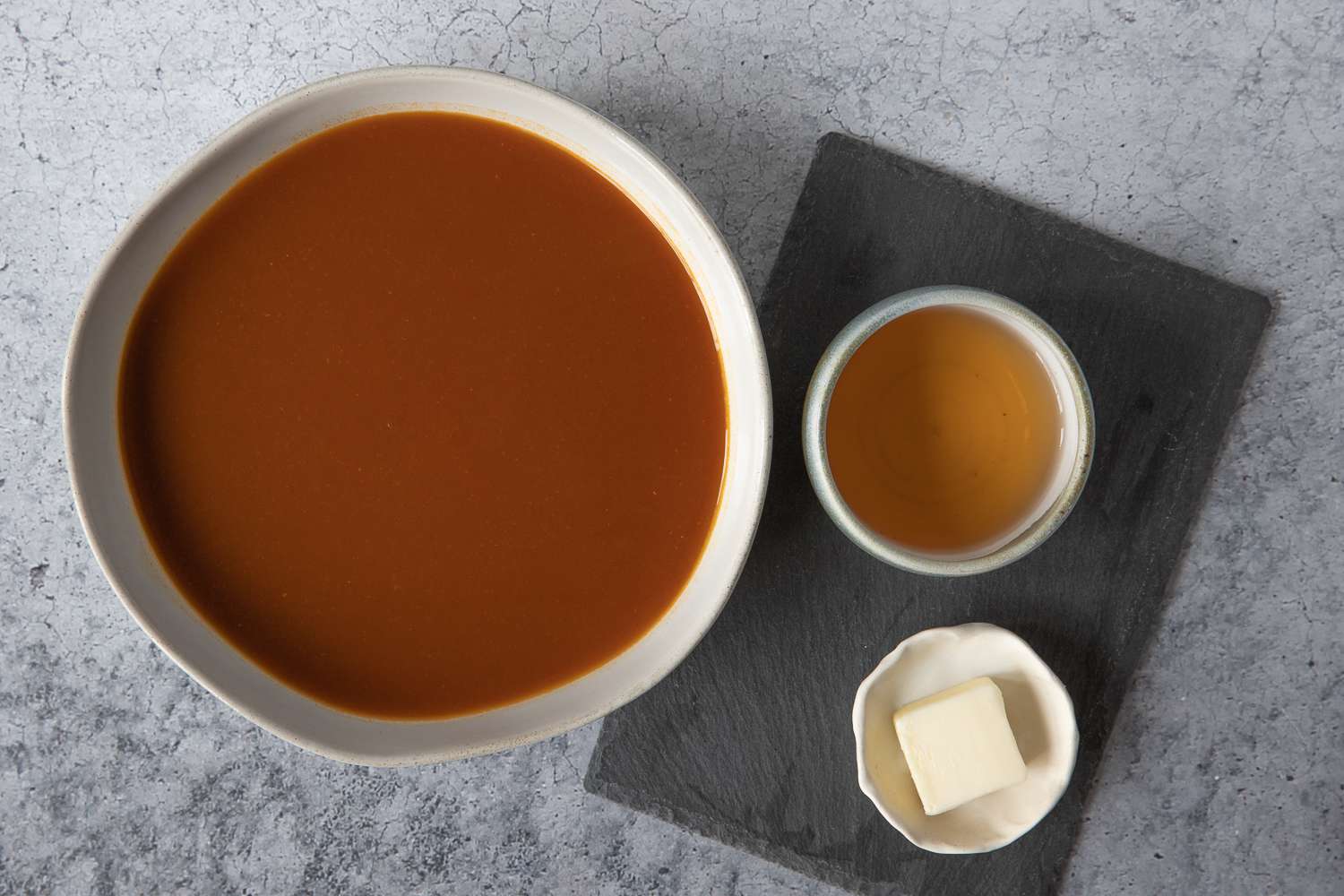When it comes to Japanese cuisine, soup plays a significant role in many meals. Two popular types of Japanese soup that are often enjoyed as starters or as part of a larger meal are miso soup and clear soup. While both are delicious and comforting, there are some key differences between the two. Let's explore the unique characteristics of each and understand what sets them apart.
Miso Soup
Miso soup is a traditional Japanese soup that is made with dashi, a broth made from kombu (edible kelp) and bonito flakes (dried, fermented, and smoked skipjack tuna). The key ingredient in miso soup is miso paste, which is made from fermented soybeans, salt, and often a grain such as rice or barley. Here are some defining features of miso soup:
- Umami Flavor: Miso paste contributes to the rich umami flavor of miso soup, giving it a savory and slightly salty taste.
- Versatile Ingredients: While the base of miso soup is consistent, it can be customized with various ingredients such as tofu, seaweed, green onions, and mushrooms.
- Nutritional Benefits: Miso soup is known for its health benefits, as miso paste contains probiotics and is a good source of essential nutrients.
Clear Soup
Clear soup, also known as suimono in Japanese cuisine, is a delicate and light soup that is typically served at the beginning of a meal. Unlike miso soup, clear soup is, as the name suggests, clear in appearance and has a more subtle flavor profile. Here are some distinguishing characteristics of clear soup:
- Light and Clear Broth: Clear soup is made with a clear, light broth that is often flavored with ingredients such as mirin (sweet rice wine), soy sauce, and a small amount of salt.
- Simple Ingredients: Clear soup often contains simple ingredients such as thinly sliced vegetables, mushrooms, and sometimes small pieces of seafood or chicken.
- Refreshing and Cleansing: Clear soup is valued for its ability to cleanse the palate and prepare it for the flavors of the main course.
Key Differences
Now that we've explored the individual characteristics of miso soup and clear soup, let's highlight the key differences between the two:
- Flavor Profile: Miso soup has a rich, savory umami flavor, while clear soup has a lighter and more delicate taste.
- Ingredients: Miso soup often contains miso paste, tofu, and seaweed, while clear soup typically features clear broth with simple, thinly sliced ingredients.
- Nutritional Benefits: Miso soup offers probiotics and essential nutrients from the miso paste, while clear soup is valued for its light and cleansing properties.
In conclusion, while both miso soup and clear soup are beloved Japanese soups, they offer distinct flavors and characteristics. Whether you're in the mood for a comforting, umami-rich soup or a light and refreshing starter, both options provide a delightful way to begin a Japanese meal.
Was this page helpful?
Read Next: What Is New York-Style Pizza?











